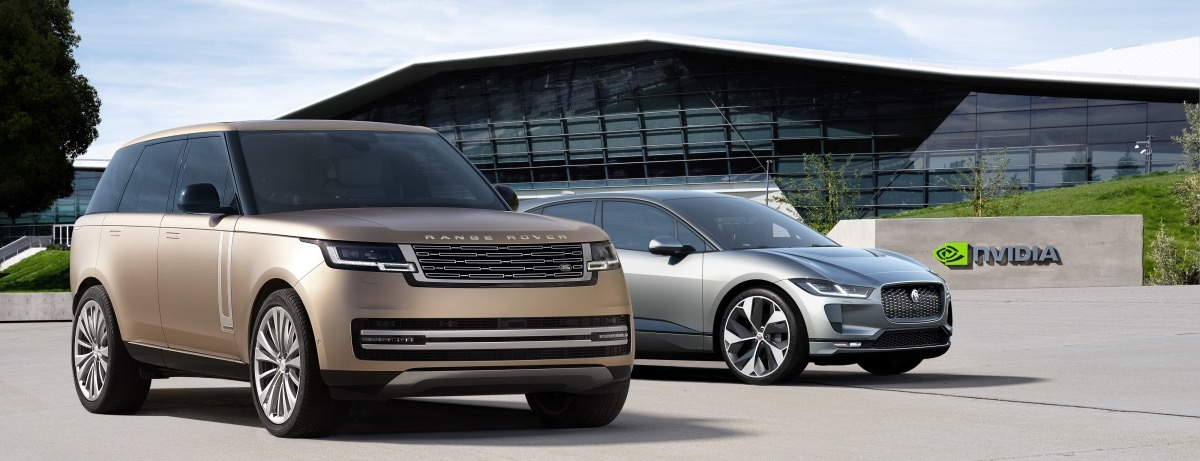
Jaguar Land Rover and Nvidia Partner to Develop Self-Driving Software

Jaguar Land Rover and Nvidia announced a partnership on Wednesday, with the companies collaborating to develop brains and nervous systems for Jaguar and Land Rover vehicles launching beyond 2025.
While the financial details of the partnership are not clear, the move comes amidst growing hardware needs from the auto industry at a time when Nvidia was looking to expand its reach into the field.
“This full-stack solution is based on NVIDIA DRIVE Hyperion, which features DRIVE Orin centralised AV computers; DRIVE AV and DRIVE IX software; safety, security and networking systems; plus, surround sensors. DRIVE Orin is the AI brain of the car and runs the Jaguar Land Rover Operating System, while DRIVE Hyperion is the central nervous system,” explains a press release.
For Jaguar Land Rover, the partnership is set to offer the automaker an important ally, as Tesla continues to dominate the technology space for luxury vehicles.
Jaguar Land Rover will work directly with Nvidia engineers to develop self-driving vehicles that can autonomously park, offer increased information and offer software-based functionality to drivers.

“Jaguar Land Rover will become the creator of the world’s most desirable luxury vehicles and services for the most discerning customers. Our long-term strategic partnership with NVIDIA will unlock a world of potential for our future vehicles as the business continues its transformation into a truly global, digital powerhouse,” said CEO Thierry Bolloré of Jaguar Land Rover, in a statement.

“Next-generation cars will transform automotive into one of the largest and most advanced technology industries. Fleets of software-defined, programmable cars will offer new functionalities and services for the life of the vehicles. We are thrilled to partner with Jaguar Land Rover to reimagine the future of transportation and create the most advanced cars,” said Jensen Huang, the CEO and founder of Nvidia.
Jaguar Land Rover says it aims to hit net-zero carbon emissions across its supply chain, products and operations by 2039.
The move also comes just months after Tesla’s announcement that it will use Nvidia competitor AMD’s Ryzen chips for its vehicles, which have already begun delivering to customers.
The automaker also joined Tesla’s CO2 emission pooling in Europe, which effectively provides Tesla with extra earnings from automakers that can’t meet emission standards.

